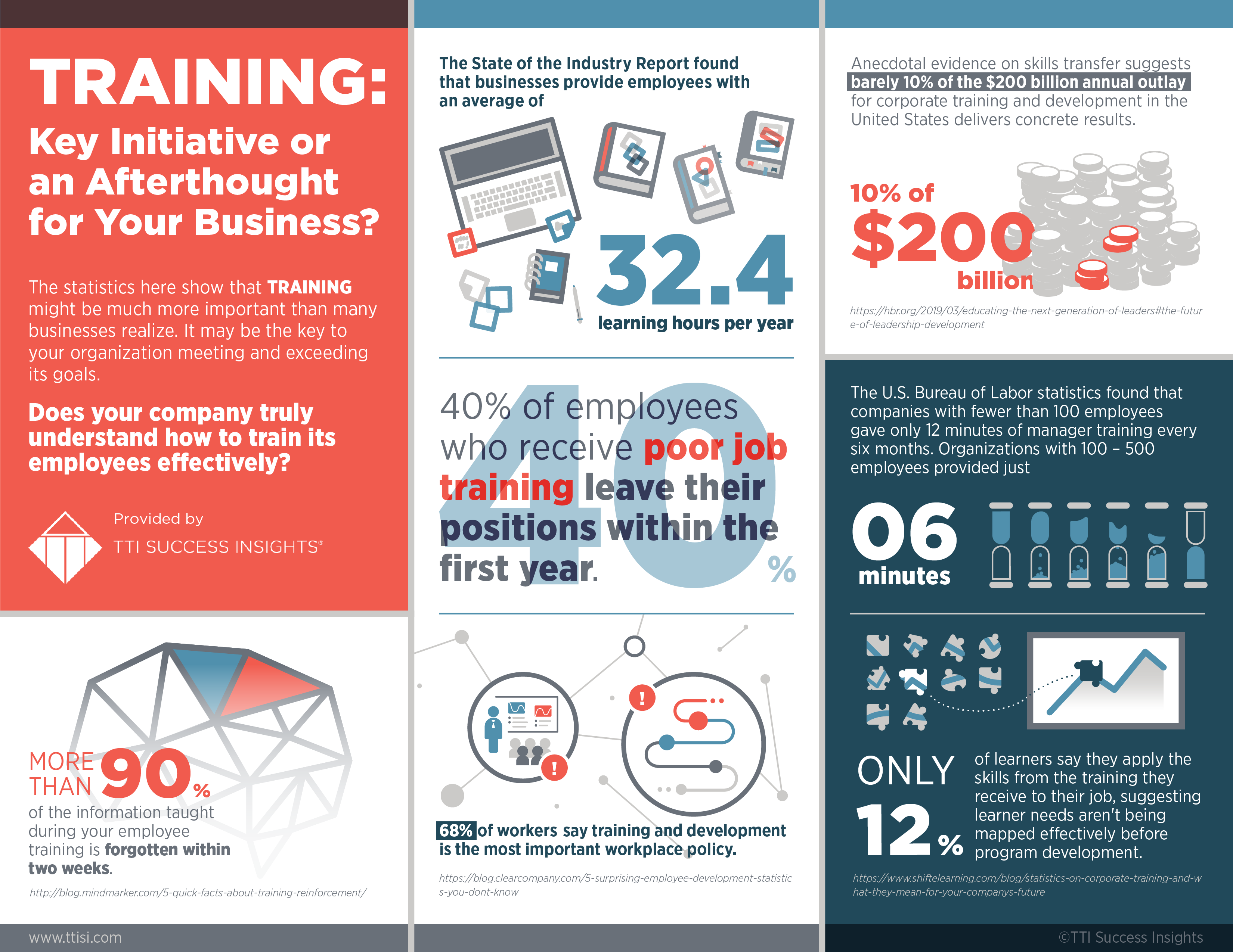Most businesses understand the importance of training, yet many don't have a strategic plan to ensure their training is effective and worthwhile.
Every leader has a distinct style of leadership that helps to differentiate that person from other leaders. What kind of leader are you?
If you market or sell, the acronym WIIFM should be top of mind. WIIFM stands for What’s In It For Me, and it’s what truly drives most buying decisions.
Do you and your manager connect on a human level? If so, you’re likely working for someone that embraces the human element of the boss/worker relationship.
The workplace can be a place where one thrives or just survives. Authenticity and respect throughout the organization can help workers thrive.
Just like hard skills, soft skills can be developed. However, they do require a different learning approach. It all starts with getting to know yourself.





